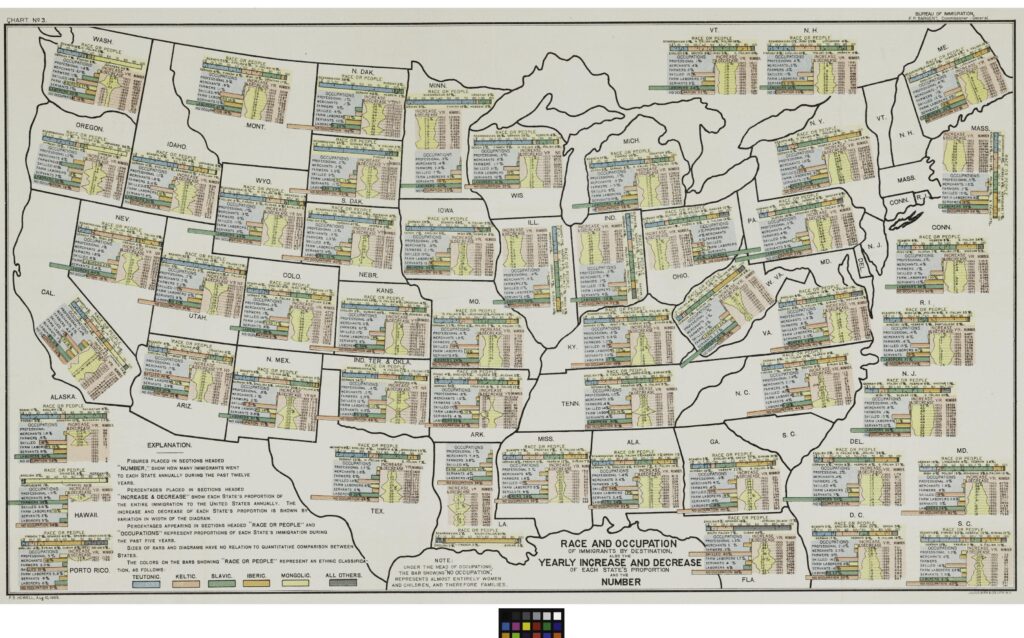A Nation of Immigrants
Throughout its history, the U.S. has experienced waves of newcomers from various parts of the world. People have come seeking a better life, often fleeing war and persecution, as well as extreme poverty. Historic reactions to these waves of immigration, and the political climate at the times these newcomers arrived, gave rise to continual pro- and anti-immigrant sentiment.
Anti-immigrant feelings played out not just in public opinion, but also in legislation. The 1911 Dillingham Report, mandated by Congress, limited immigration, and led the country to prioritize some immigrants over others. This and other polices laid the foundation for unequal treatment of various immigrant groups. These policies, coupled with the challenges faced by many immigrants in adjusting to new cultural practices, learning new skills, and, in most cases, having to learn a new language, impacted their opportunities. Unequal access to jobs, education, and living spaces have had an historical impact on the health and quality of life of many immigrant groups today.

Courtesy of Harvard Art Museums/Fogg Museum, Transfer from the Carpenter Center for the Visual Arts; Social Museum Collection, 3.2002.3530
This map documents immigration patterns at the beginning of the 20thcentury. People immigrating to the eastern part of the U.S. were predominantly European, while Western states saw a greater number of “Mongolic” (Asian) and “Spanish” (Latino) immigrants.